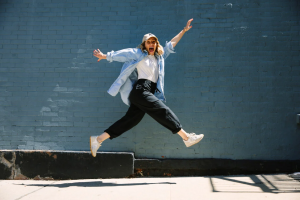Makeup
TWO MAIN SOURCES OF LEARNING
There are two main places we can learn from: our own experience and history, or the experience of others. Exploring the distinction between the two can show us the best ways to learn from each of them.

Learning from history
You can learn from the experiences of others by studying history and applying its lessons to the present. History tends to repeat itself, so the dilemmas and decisions you face today often have historical antecedents. Studying the past helps us know how to shape the future. History is one of our biggest sources of fundamental knowledge.
Any time you learn from the past, remember that knowledge collapses over time. Much of what you know today will one day prove false, just like much of what people knew a century, fifty years, or even a decade ago has since proved false. Facts have a half-life, one that can be especially short in fields like medicine and the social sciences.
It is a mistake to think we have reached the endpoint of human knowledge, or that anything you learn now will be true forever. When you learn from history, you draw from lessons shaped by the perspective of the person who captured what happened. Thus, historical knowledge is something to continuously update as you learn both from what happened and how you choose to look at it.
Learning from experience and reflection
In addition to reading, direct experience is the other main way we learn.
Double loop learning is a way of updating your opinions and ideas in response to new evidence and experience. When you keep repeating the same mistakes, you’re using single loop learning. It doesn’t get you far. When you reflect on experiences, collect new data, and make an active effort to seek out feedback, you’re using double loop learning.
Reflection allows you to distill experience into learning. Don’t just “do,” think about what you’re doing and what you’ve done. High performers make adjustments based on both their successes and failures.







No Comments